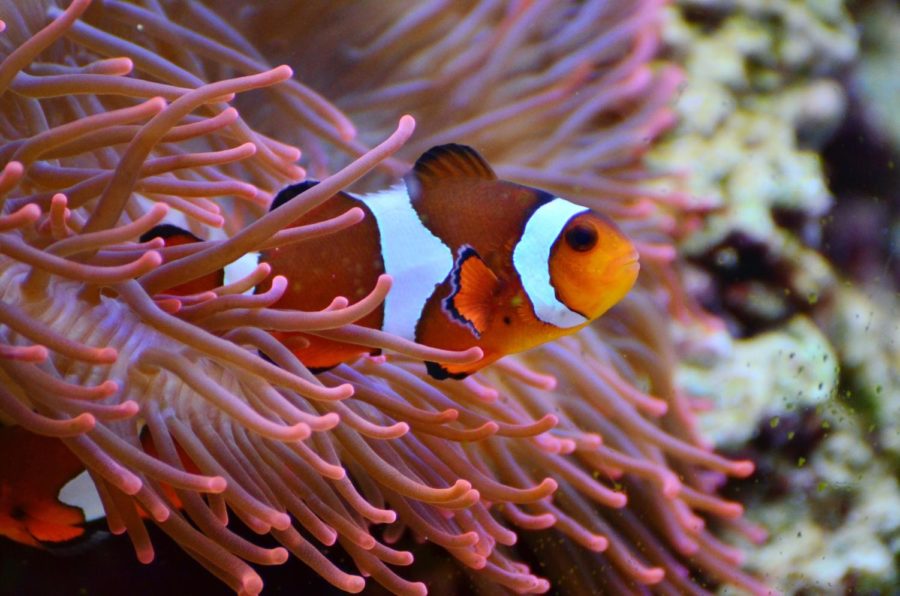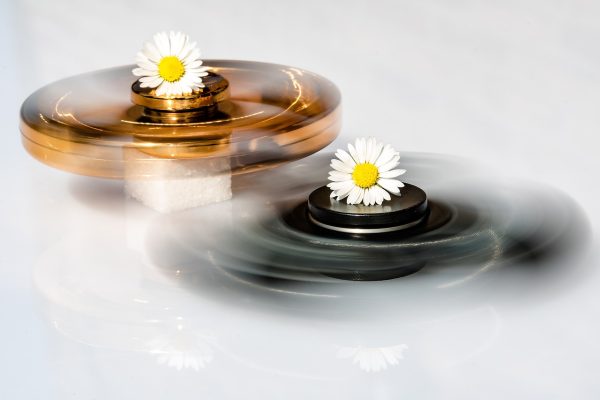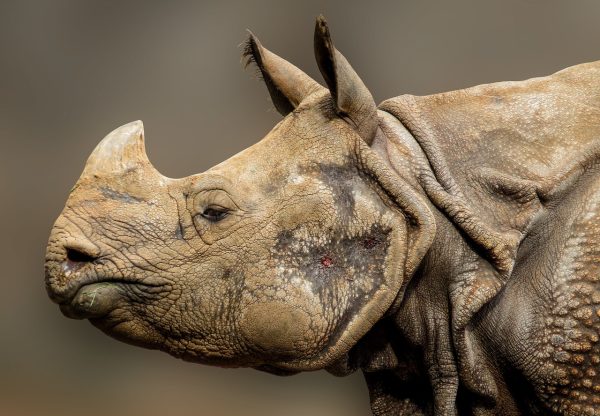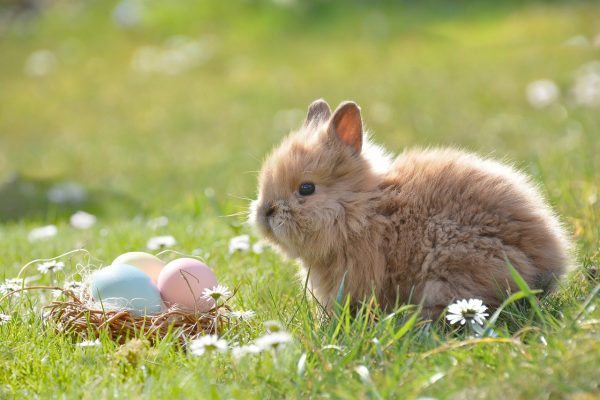The Basic Sustainers In Our Ecosystem
Have you heard of the symbiotic relationships sustaining our ecosystem? Let’s talk about it! In our life, we have seen amazing creatures, their interactions, and eye-capturing landscapes providing a habitat for different species. We have marveled at different relationships of living entities considered a part of our ecological surroundings and everything encircles a perfect pattern. Such are the symbiotic relationships that promote, as well as malfunction, the ecological harmony. Symbiosis is a proximate relationship which occurs between two different organisms and is classified into three categories:
- commensalism- where an organism is benefited and another is not, but remains unharmed or helped.
- mutualism- a relationship where both organisms are benefited
- parasitism- a type of association where one organism is benefited and other is harmed.
Let’s look at a few examples!
- Shark and Remora
The remoras, also known as the sucker fish, have an unlikely alliance with various species of sharks. They share a commensalistic relationship. When sharks are about to hunt their prey, remoras swim close by them to remove the parasites from shark’s mouth, as well as skin. In return, the sharks safeguard remoras from predators. The remoras often feed on the unconsumed scraps and leftovers.
- Egyptian Plover and Nile Crocodile
The Egyptian Plovers, also known as the crocodile birds, and Nile Crocodiles share an uncanny mutualistic relationship. Nile Crocodiles are found in Southern Africa and the crocodile birds are found near wetlands such as lakes, ponds and rivers. Now we might wonder, what would a 12-14 ft long crocodile have to do with a mere 19-21 cm bird? Let’s find out! Despite the fact that Nile Crocodiles are very well known for their aggressiveness on seeing an unwelcome guest in their aquatic territory, their agony causes them to yearn for healing. Incredibly, the crocodile leaves its mouth wide open when its teeth are about to rot, and the plover feeds on the decomposed meat stuck between the crocodile’s teeth.
- Coyotes and Badgers
Coyotes are a North American native species of canine. Just to give an insight of how they look- coyotes are closely related to wolves. Badgers are also referred to as short-legged diggers. Coyotes hunt their prey in a vast and vacant area, meanwhile, badgers remain in their dug burrows and hunt their prey. Coyotes and badgers are omnivore creatures, and they share an unlikely mutualistic affiliation. Both of them are benefited as they compete and hunt for each other.
- Clownfish and Anemone
Sea anemones and clownfish have an unusual mutualistic relationship. Sea anemone consists of nematocysts on their stinging and venomous tentacles. When an unwanted guest steps or swims close by them, they are stung by anemone’s tentacles and die in a few courses of time. Well, this isn’t literal for the clownfish! Clownfish discharge a thick layer of mucus around their physique which allows them to swim freely between the tentacles of anemone. Anemones not only safeguard Clownfish from its predators, but they also feed them.
- Barnacles and Crabs
Barnacles and crabs have a harmful parasitic relationship. Barnacles are arthropods found in tidal waters and mostly rooted near crab and lobster’s reproductive system debilitating crabs. This parasitic relationship disables the crab to reproduce until it molts and wears off it’s old physique.
- Sucking Louse and Human
Sucking louse, also known as head lice, and humans share a harmful parasitic relationship. These louses hatch eggs every 9-10 days which are around one fourth inches away from a human hair’s root. Even though its curable, not every individual finds out about the head lice immediately. Sucking louses feed on necessary rich nutrition and blood which causes blood loss and many more severe conditions in a human body if not treated on time.











